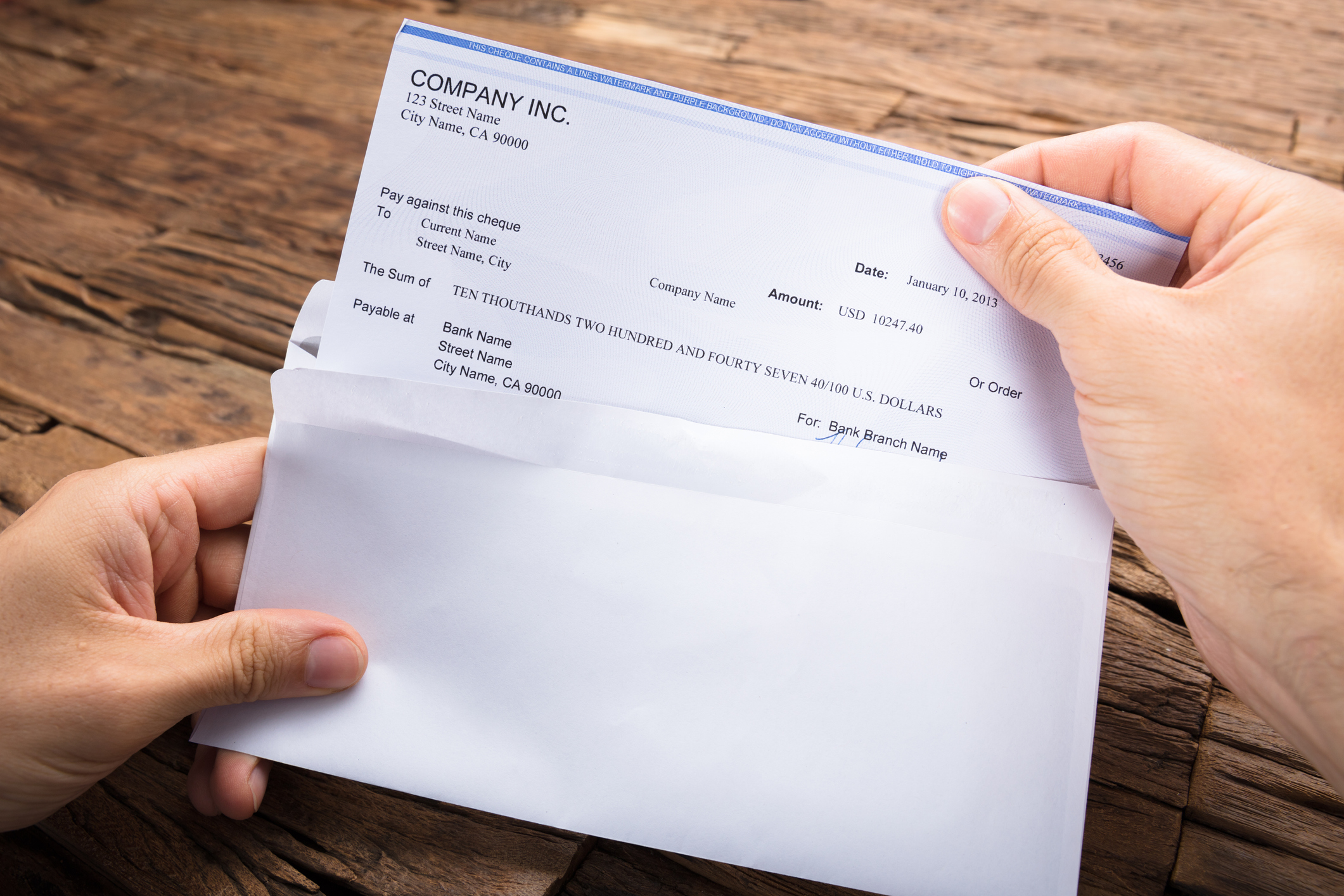Mortgage borrowers often have to make payments into an escrow account to cover periodic expenses like property taxes and insurance. Lenders are allowed to incorporate a two-month cushion to cover expected expenses, and so an initial escrow deposit should always include at least two months' worth of those expenses. However, an aggregate adjustment is made when the timing of expenses doesn't match up with the monthly payments you make toward your mortgage. The aggregate adjustment can increase the amount you'll owe at mortgage closing.

The idea behind the aggregate adjustment
In an ideal world, all of the expenses related to your home would match up with the monthly schedule on which you pay your mortgage. In that case, all you'd need to do is add up your monthly expenses and multiply by two. That would determine the escrow amount, and you wouldn't need an aggregate adjustment.
However, if one of your expenses requires making an annual payment up front, then the escrow would have a negative balance that would only be recovered over time. In that case, the lender will require a larger payment to ensure that there's never less than two months' expenses in the escrow account, even right after a big payment.
Calculating the aggregate adjustment
The simplest way to calculate the aggregate adjustment is to make a short summary of the year's payments and expenses. With one line for every month, enter the amount due for property tax, insurance, or other regular expenses for that month. Then add up the total expenses and divide by 12. That will give you the monthly escrow amount that you'll need to deposit on top of your mortgage payment for repaying interest and principal on your loan.
Once you have the monthly escrow deposit, enter that amount on each monthly line as a credit. Take the deposit and subtract the month's expenses. For the first month, keep that result. For subsequent months, add any positive amount or subtract any negative amount from the result from the previous month.
When you've completed that task for all 12 months, look at the column with each month's ending balance. If all the balances are zero or positive, then the two-month cushion is adequate and no aggregate adjustment is needed.
Related real estate topics
However, if any of the monthly ending balances are negative, then you'll need to add more money up front to avoid that negative balance. Take the number from the month with the largest negative balance, and turn it into a positive number. That will be the amount of the aggregate adjustment. You'll therefore pay into escrow two months' of expenses plus the aggregate adjustment amount.
The aggregate adjustment ensures that you always have money in escrow to pay anticipated bills. Otherwise, your lender could end up carrying a negative escrow balance on your behalf.


















